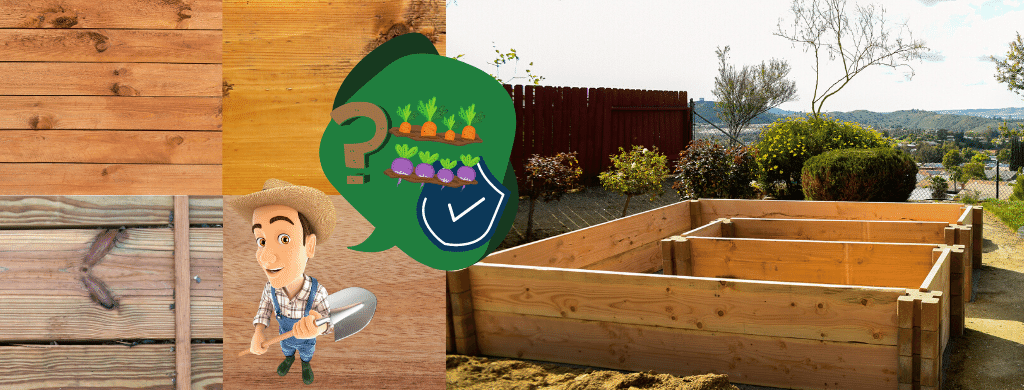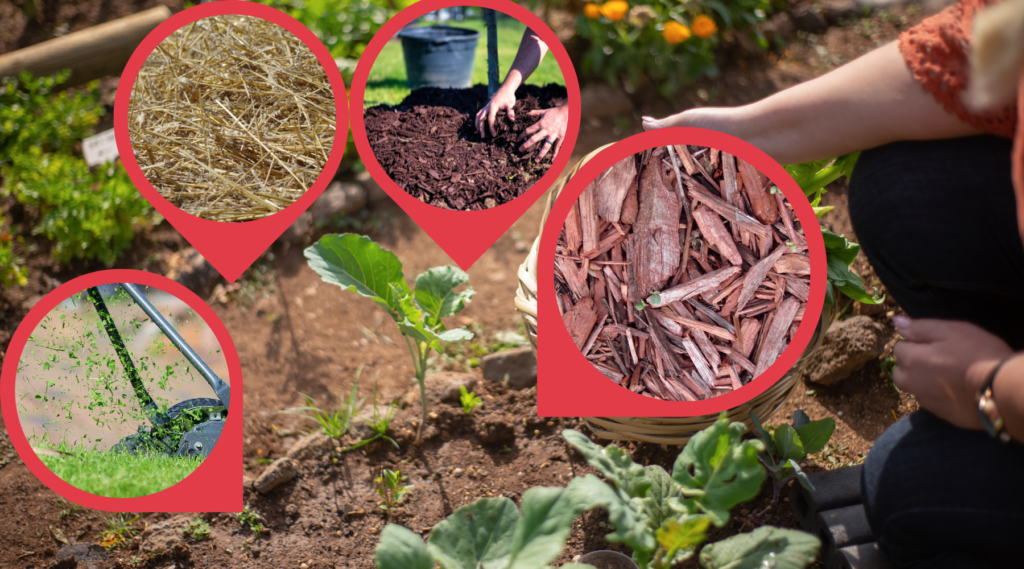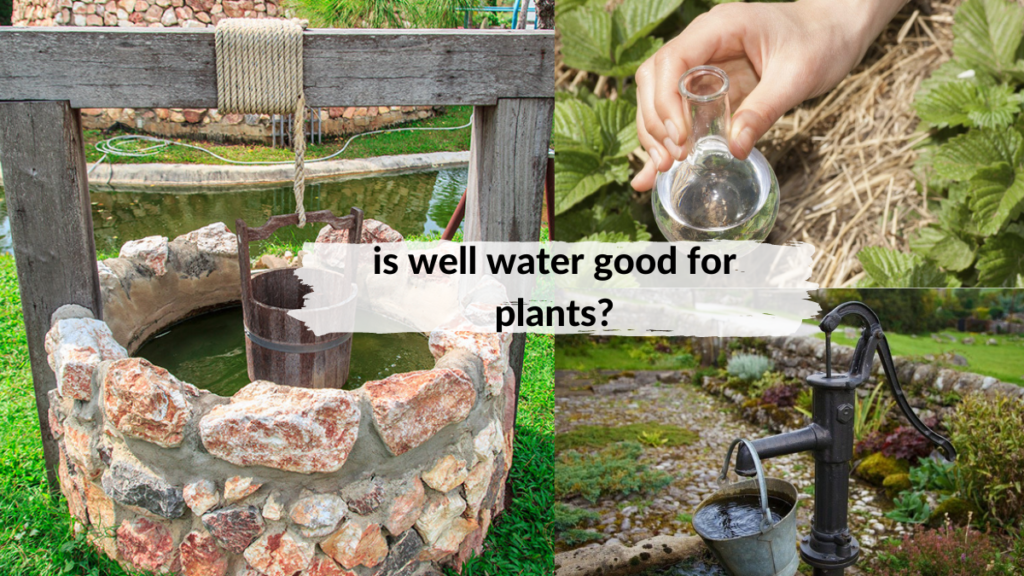In the past, many gardeners are using pressure treated wood for raised garden beds. However, the EPA or Environmental Protection Agency banned the sale and use of Chromated Copper Arsenate or CCA treated wood. This is specifically for residential use.
Since these are treated with the chemical arsenic, treated wood products are prohibited to be used for home gardens. When used, the toxic chemical leaches into the soil and absorbed by the plants.
Copper azole and alkaline copper quat are two compounds that replaced the CCA wood. Both of these replacements have copper content and fungicide but have zero arsenic. However, experts still don’t recommend the use of pressure-treated wood in growing organic food.
is it still possible to use pressure treated wood for raised garden beds?
Yes, it is still possible, but it won’t be easy. Keep in mind that plants will slowly absorb all the preservatives in the wood as they grow. Small growing plants are most likely to absorb these preservatives, which makes the crop unsafe for long-term consumption.
As the preservatives are slowly leaching through the plants, the chemicals are slowly being a part of the food crops as they grow. If you’re still going to use these copper based woods, it is recommended that you learn how to minimize the risks of your crops absorbing as much chemical as possible.

how to keep crops safe when using pressure treated wood in raised garden bed
One way of preventing your crops from absorbing chemicals from pressure-treated lumber is by using a plastic liner before filling your vegetable garden with soil. This will act as the barrier between the soil and the wood.
Since you have lined the wood, the soil won’t be able to absorb the chemicals coming from the wood and affect your plants. However, you should choose a heavy-duty plastic that is also safe to be used with your plants.
When choosing a plastic liner, choose a non-porous plastic. Getting anon-porous plastic will retain too much moisture. This will discourage all beneficial worms and insects in your garden.
The lining can also act as a protective layer from pests like moles and gophers. This will help you keep your crops healthy and complete as they grow.

drawbacks when using plastic liner for your pressure treated wood for garden beds raised
Though using a plastic liner seems like giving you a solution if you’re left with using treated wood in raised beds, it still comes with some drawbacks. Some of these include:
- May affect your soil’s drainage
Using a watertight and airtight plastic for your bed may prevent your soil from draining. You don’t want to end up with a soggy and drenched soil as it may cause the roots to rot.
This is not ideal, especially during wet and cool weather. A water-permeable liner is most likely the right solution to prevent this problem.
- May require constant replacement when it gets damage
At some point, you will have to replace the soil of your raised gardens or keep digging to aerate the soil. This may end up damaging the liner, which means you’ll have to replace the liner constantly.
- May cause the wood to rot a lot faster
Plastic liners may cause rotting faster due to water exposure. Whether the wood is covered on one side of the bed or both sides, it can trap the moisture between the plastic and the wood. You will have to replace the wood in no time especially when your place has a humid and hot climate.
things to consider when using pressure treated wood raised bed vegetable garden
Important things that you must consider when using treated wood for your garden are the safety and cost-efficiency. Since these types of woods are chemically preserved, you might want to reconsider using untreated wood instead.
Since you’ll have to use a plastic lining, and you already know the drawbacks that come with using a liner, you should make a cost-effective solution instead. Look for safer wood options that can last longer and are naturally rot-resistant. Other alternatives are worth your investment.

can i use pressure treated wood for raised garden beds? if not, are there alternatives i can use?
If you are thinking about growing food by building raised garden beds, you can always use other alternatives than treated types of woods. Some alternatives include:
- Composite wood made from decay-resistant wood e.g. redwood and western red cedar or recycled plastic.
- Concrete blocks or cinder blocks
With choosing the right type of wood and other important materials in building your raised garden beds, you can soon make all your gardening ideas possible.




